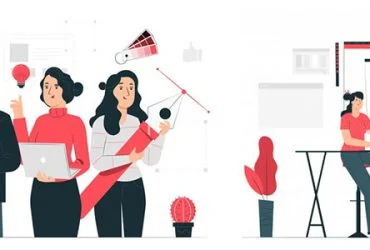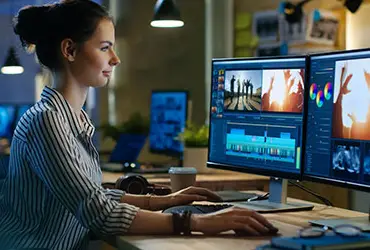Virtual Reality vs. Augmented Reality – A Comparison
The world has undergone a paradigm shift in the past few years, with much of the things happening virtually.
With technology like virtual staging, realtors can now digitally beautify their properties with real-life furniture items, appliances etc.
Buyers are no longer required to leave their homes while viewing the property. Read this blog and learn the incredible benefits of virtual staging in real estate!
Virtual reality
It you are wondering- what is virtual reality, it is a computer generated and artificial recreation or simulation of real-life situation or the environment.
It has the capability to entice and immerse users by providing them a feel as if they are going through reality itself by stimulating their hearing and vision.
To achieve VR, normally a headset is worn that is equipped with the needed technology. There are two ways in which it is usually used.
- For creating and enhancing an imagined reality for entertainment, 3D movies and computer games etc.
- For enhancing training for the real-life scenarios by generating a precise model of reality helping people to practice in advance.
It’s the Virtual Reality Modeling Language (VRML) that make it possible. The said language is used for creation of an image series and all specifications regarding the interaction types feasible.
Augmented reality
As the name itself suggests, AR layers artificially generated enhancements on top of an already existing reality thus making it more effective, meaningful and interactive. AR is developed into applications and made use of on different mobile devices for blending digital constituents into the real world so as to enhance each other.
AR technology is nowadays getting more popularity. You can see its applications mainly in score display overlays during sport games, text messages or photos on mobiles and pop out 3D mails etc. Tech industry is also using AR to experiment creative and novel things with motion triggered commands and holograms etc.
Comparison between AR and VR
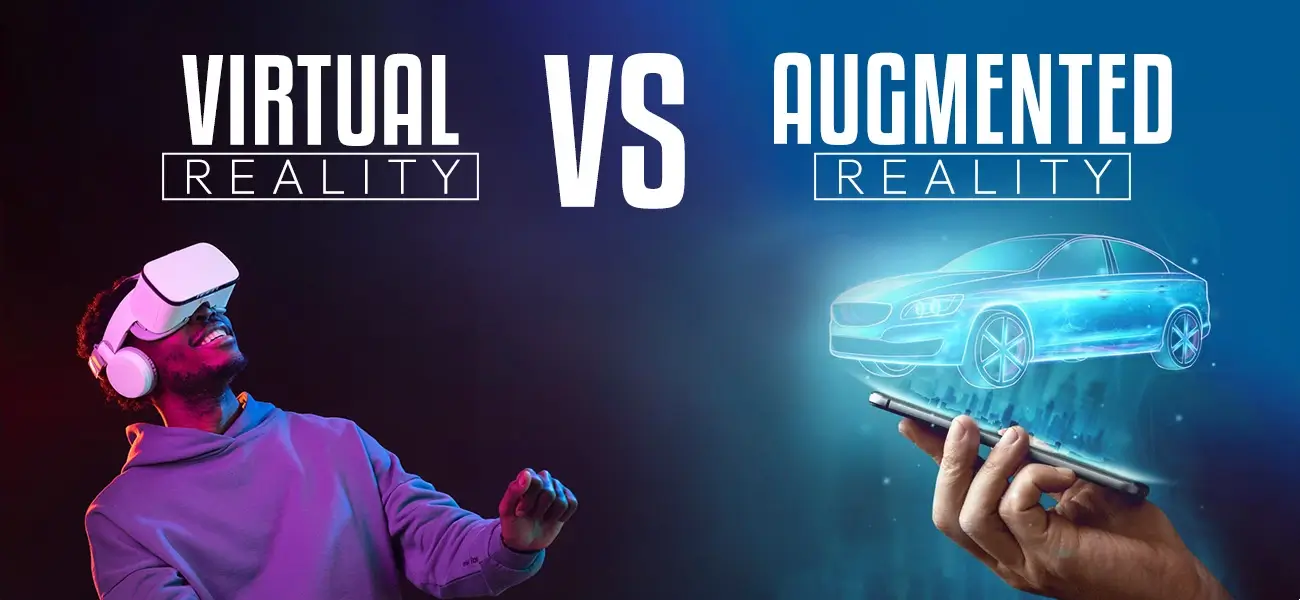
VR and AR can be considered to be the inverse reflections of one another in regard of what each technology strives to achieve and delivers to the users. When AR generates overlays to the actual world, VR delivers a complete digital replica of a real-life environment.
However, virtual reality companies in India also provides AR services.
Similarities
Underlying points illuminate similarities between VR and AR in a clear manner.
Technology
Both virtual and augmented realities leverage many similar technologies and they serve users with enriched or enhanced experience.
Entertainment
Both technologies are exploited for entertainment purposes and are capable of bestowing what prospects are expecting from them. Earlier, it was a mere figment of science fiction and imagination but now things have drastically transformed paving way for an entirely novel artificial world under the control of user. Besides, interaction with the real world at a deeper level is facilitated. Leading technical giants are investing more to develop new adaptations and improvements to release better products capable of impressing tech-savvy users.
Science and medicine
Both VR and AR has great potential to positively influence the medical field by making even things like surgery possible remotely. These technologies are being used for treating and healing certain type of psychological disorders.
Differences
Now, when it comes to the difference between AR and VR, there are many. Important ones among them are detailed below.
Purpose
VR generates its own representatives that is artificially created. Contrary to VR, AR improves experiences of users by the further addition of virtual components like graphics, digital images and several other types of innovative sensations to create of new interaction layer.
Delivery method
VR gets delivered to the end-user via a hand-held or head-mounted controller. Using this equipment, people get connected to VR and they can navigate and control their actions in the artificially generated scenario.
AR, however, is used more in tablets, smartphones, laptops and another type of mobile devices to transform the way visuals, digital imageries and real-world traverse and interrelate.
VR and AR- how they operate together?
Both don’t operate only in mutual exclusion but together as well. They can be blended together in a planned proportion to create even more impressive and immersive experience.
Both of them are outcomes of inordinate desires of mankind to get immersed in a computer-generated land either for mere entertainment or to make the interaction between the real world and digital devices more productive in diversified fields of technologies. Also, you can read our blog about different types of virtual reality devices in the marketplace.
How start-ups are addressing challenges in different areas with AR/VR applications?
Augmented reality (AR) and virtual reality (VR) are still associated by some with hardcore gaming only. But, the fact is that AR/VR applications find useful application across different industry verticals. With the AR and VR headsets becoming more user-friendly and cost competitive, start-ups are collaborating with hardware manufacturers for devising novel use cases.
AR/VR technology is no longer confined to gaming only. It is being used for sectors as modest as healthcare to as advanced as space exploration. This post sheds light on the applications of AR/VR in various industries.
Retail sector

VR is viewed as a potential solution to many crisis faced by traditional retailers as well as e-commerce stores. By leveraging AR/VR, retail owners can offer consumers anything through virtual marketplace. Customers can design and tailor items as per their requirements. Only a headset would be required for virtual shopping. One need not be present physically at the store.
Defense

New recruits in the army or military can be trained in real warfare tactics without exposing them to the harshness of the battlefield. Through AR/VR, simulated war environment can be created and recruits can be offered immersive experience needed to optimize on warfare strategies. All branches of military like air force, navy, artillery etc. can benefit.
Marketing segment
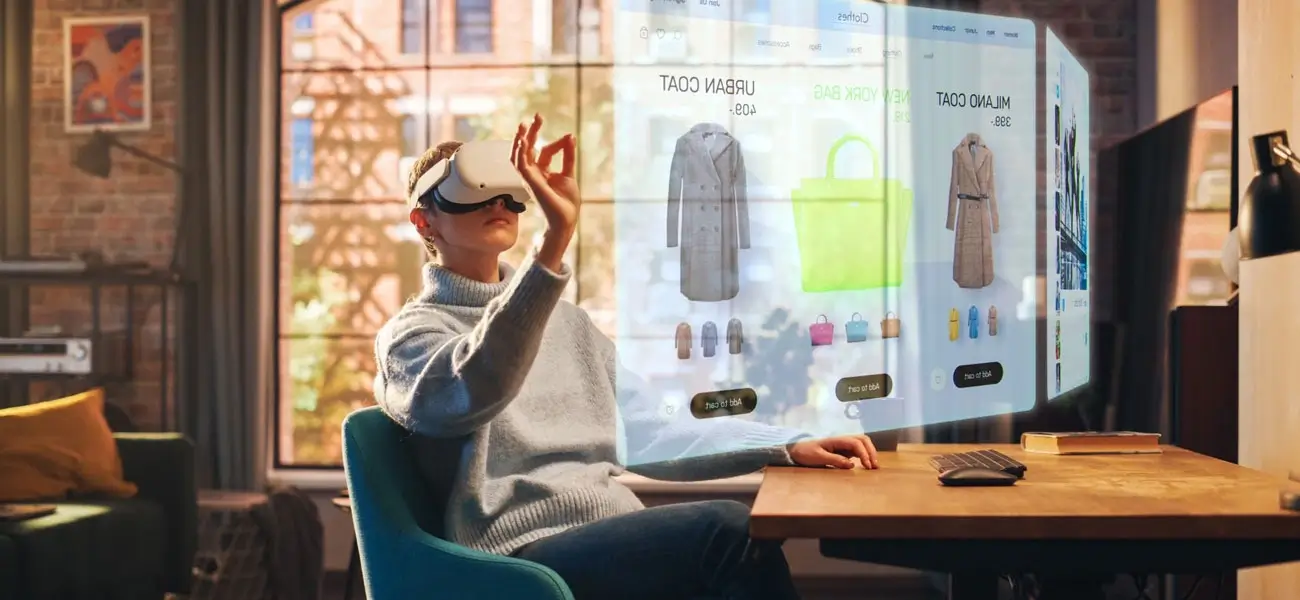
Engaging customers productively has always been a challenge for brands. This problem is now addressed by AR/VR driven marketing campaigns where prospects can be introduced to products on sale in more unique and interactive ways. Experiential advertising would be at its peak as more and more customers would start adopting headsets. Promotional budgets of brands are decreasing and returns amplifying with AR/VR enabled campaigns.
HR and talent management
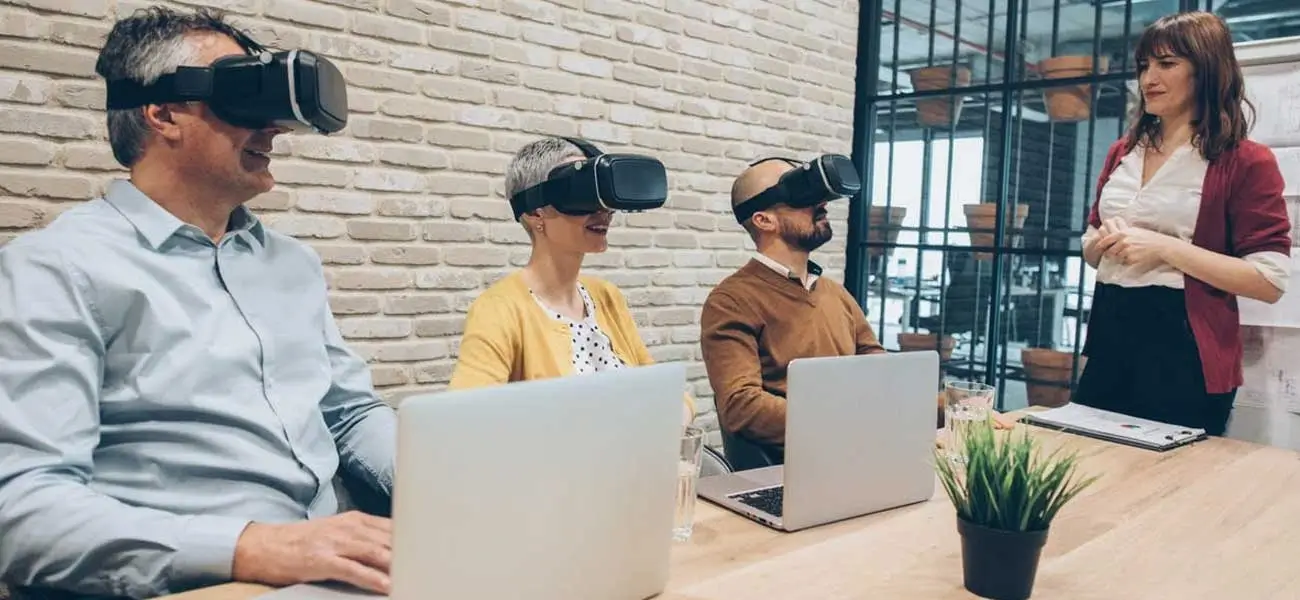
VR can streamline hiring of potential candidates and other HR related activities significantly. An immersive environment can be created wherein the compatibility of shortlisted candidates with the prevailing corporate culture of an organization can be assessed. Skills can also be evaluated on practical cornerstone by HR managers through creation of virtual challenges which have to be resolved satisfactorily by prospective recruits.
Candidates appearing for interviews too stand to benefit from the adoption of VR devices. Shortlisted individuals would get the chance to virtually visit the office or workshop environment of the company. They can check out the ambiance and judge for themselves if they want to be part of the system. After getting hired, candidates can blend in more with the team as VR allows for remote interaction among onsite professionals. As team spirit improves, productivity increases.
Entertainment industry
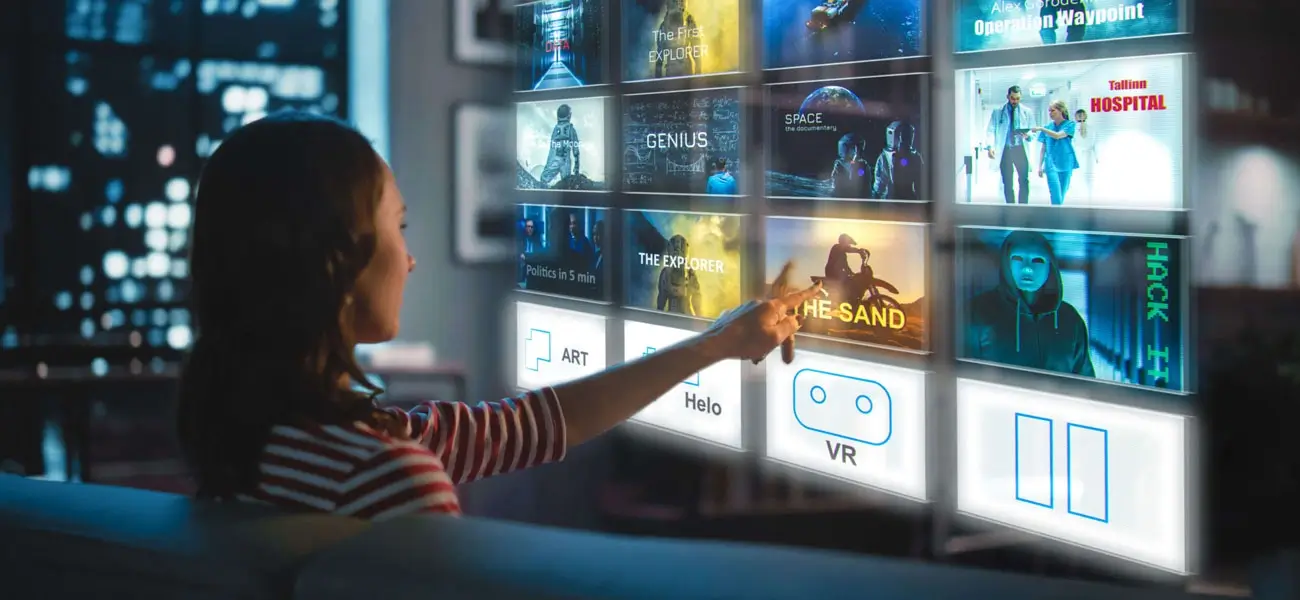
When VR is deployed in movie or entertainment industry, the dividing line between the story and the viewer gets blurred. Directors can freely experiment with spatial and perspective components. The narrative and presentational modes blend seamlessly to offer experiential viewing pleasure to audiences. The novel storytelling methods in movies have been collectively named as ‘Cinematic VR’.
Experts are working hard to bring AR into the entertainment sector in pervasive manner soon. Audiences would be empowered to view the reality of any narrative within their chosen space. The movie scene may be rendered by AR in a manner that one would feel the events unfolding within his room. Smartphone cameras can play a major role in sending information in high fidelity.
Real estate industry

Construction and real estate segment can experience surge in demand by deploying AR/VR. Digital modeling has already offered much leverage to architects by providing ample scope for visualization. AR is useful in overlaying plans of buildings and promotional materials. 2D views can be exported to 3D models. Prospective customers can be taken on virtual walkthrough of the properties for sale or under construction in realistic way. Actual location as well as neighboring places can be showcased.
Automobile industry
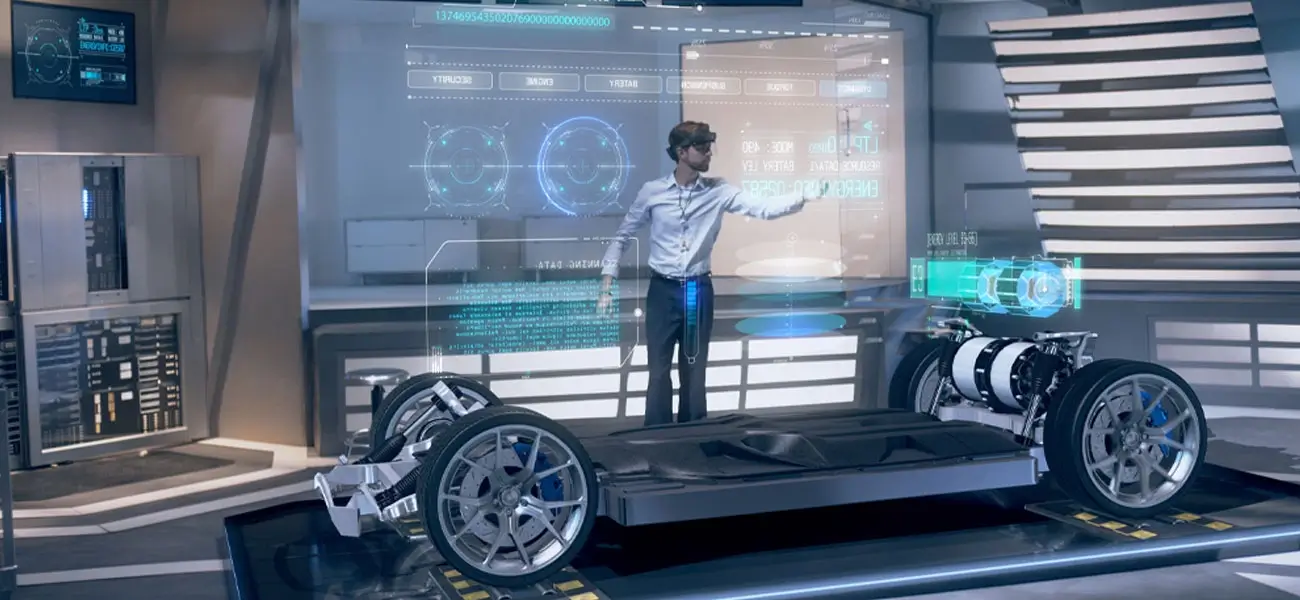
VR has immense potential in automobile segment. Prototypes can be designed rapidly and concepts can be virtually portrayed. Vehicle’s feasibility can be evaluated in virtual environment. Test drives as well tours of interiors of vehicles can be undertaken in immersive manner. For more experiential exposure, virtual test tracks personalized to the preferences of customers can be created to understand how the vehicle performs on road.
Engineering segment
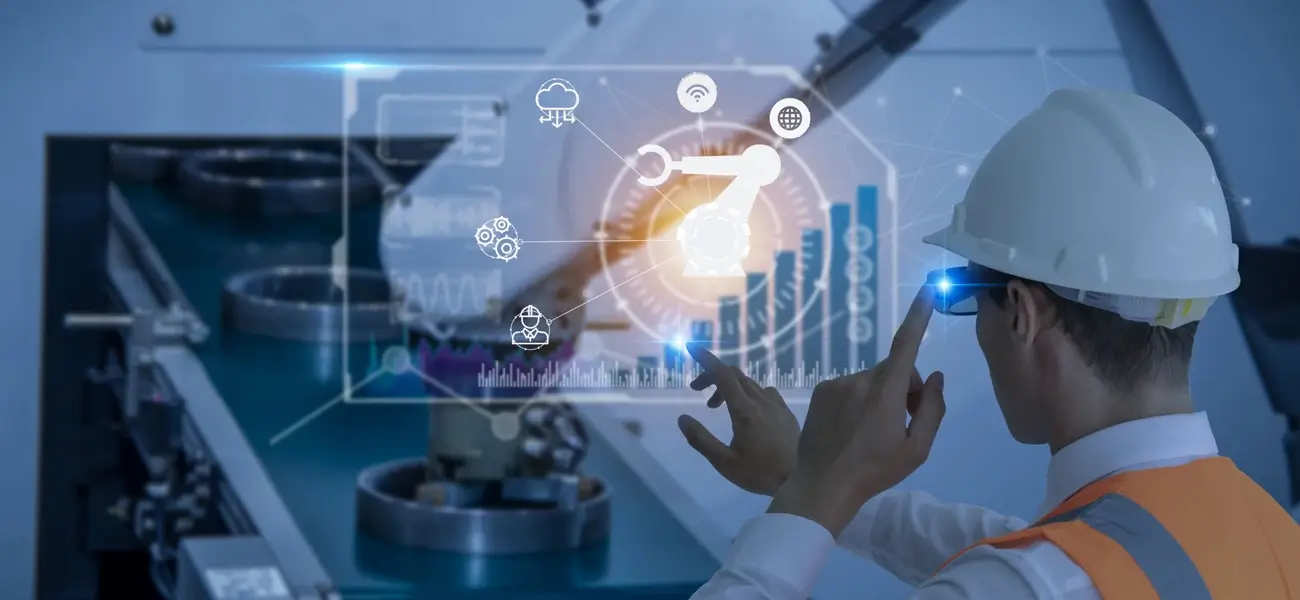
Engineering designs’ viability can be tested with AR/VR. During the primary stages of product designing, engineers can check out if the designs can deliver as per plan. If changes are made to certain part of the design, engineers can visualize how the same can impact the overall configuration. Specialized software can be used for making desirable changes to the product design. The results can then be viewed in virtual reality environment.
Design related images can be rotated as well as viewed from various perspectives. The effect of any change on different aspects of the design can be visualized accurately for making needful alterations. The way finished product would appear can be clearly understood beforehand. The AR/VR technology can also be used in similar manner in industrial design. More scope for collaboration among designers and engineers can be provided
Customer support division

Customer service can be enhanced significantly by companies by opening more interactive support channels using AR/VR. Customers who seek solutions to their problems remotely are guided over the phone in sequential manner. This process can be enhanced significantly. Interaction with customers can be carried out by customer care representative using AR/VR. With VR headset on, the representative can present himself virtually before the customer to engage in dialogue with him and offer guidance in stepwise manner.
The service representative can also visualize in 3D the problem experienced by the customer. As such, he can offer better support to resolve the issue quickly. Experimentation with implementation of AR/VR technologies is already being carried out by different brands. In order to make customer care employees more proficient in addressing customer related issues, they can be subjected to various simulated environments where interaction with different elements in various scenarios can be done for learning purpose.
Agricultural sector
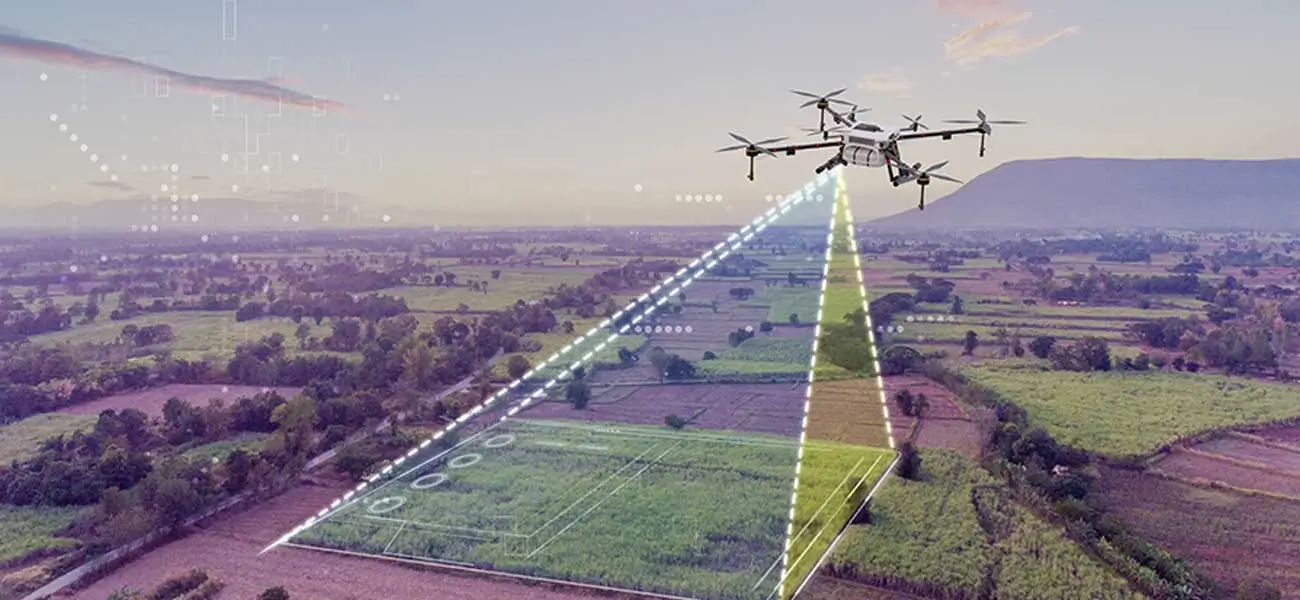
Farmers can become more productive by leveraging AR/VR to analyze crop related data to understand how the soil and seeds would behave. Aerial drones that are equipped with inertial sensors and GPS can be commercially deployed. The data can be captured with imaging sensors and then analyzed with state of the art processors. Farmers and agricultural scientists can better understand how the agricultural fields are responding to their efforts.
The drones can be equipped with video cameras that can capture 360 degree views. Crop farming can be virtually monitored by farmers who would wear VR headsets. Scanning of the field for understanding crop growth patterns and damages incurred can be done remotely. Crops can be cared for in more granular manner with VR. This would result in better product yield, lower crop disease rate, and cost optimization.
Academic sector

The prevalent way of learning can be dramatically changed with intervention of AR/VR technologies in educational segment. Students can be better engaged and their comprehension skills can be significantly improved. Complex topics can be elaborated in easier manner. Community learning can be promoted.
Production and logistics sector
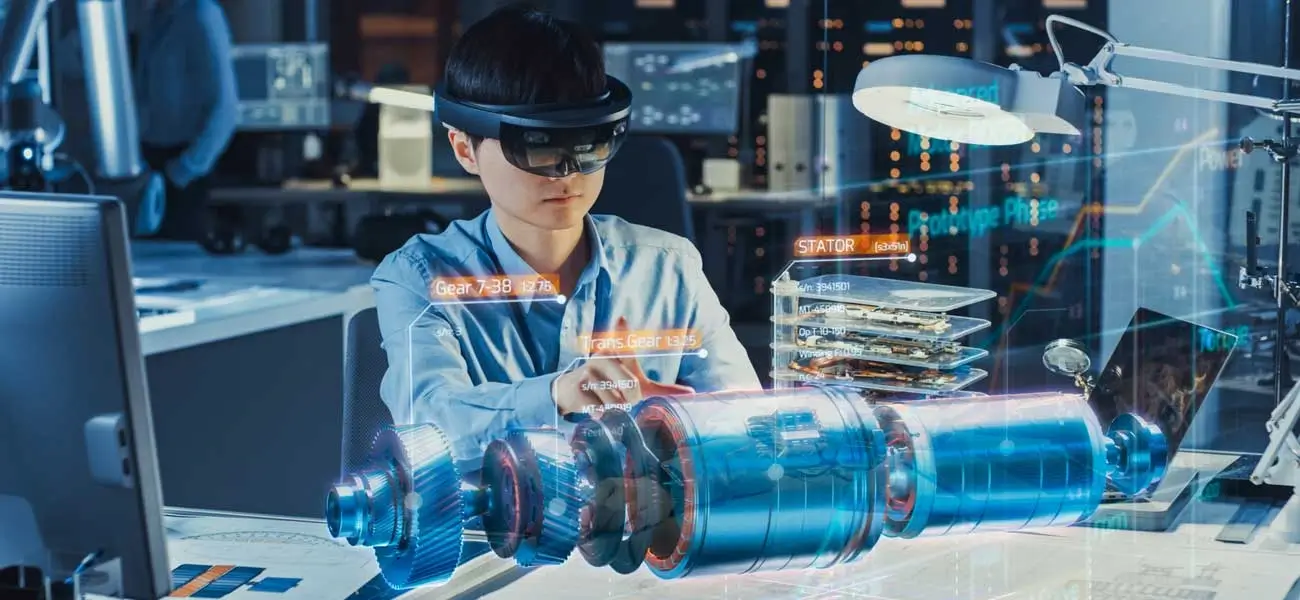
AR and VR technology offers immense prospects for manufacturing and logistics sectors. Other production segments where skilled work is involved stand to be benefited. With AR, holographic images can be superimposed on the top of instructions provided in complex machinery. Standard operating procedures can be understood by workers at shop floor to handle sophisticated devices and larger machines in better way.
A number of industry positions involving lesser skills have been eliminated due to increasing automation. Industry applications that require leveraging of technical skills on the parts of employees can be understood in clearer manner by graduates and workers. Trades which involve higher risk, more sophistication, and careful application of skills like electric work, welding etc. would highly use AR/VR.
Healthcare sector
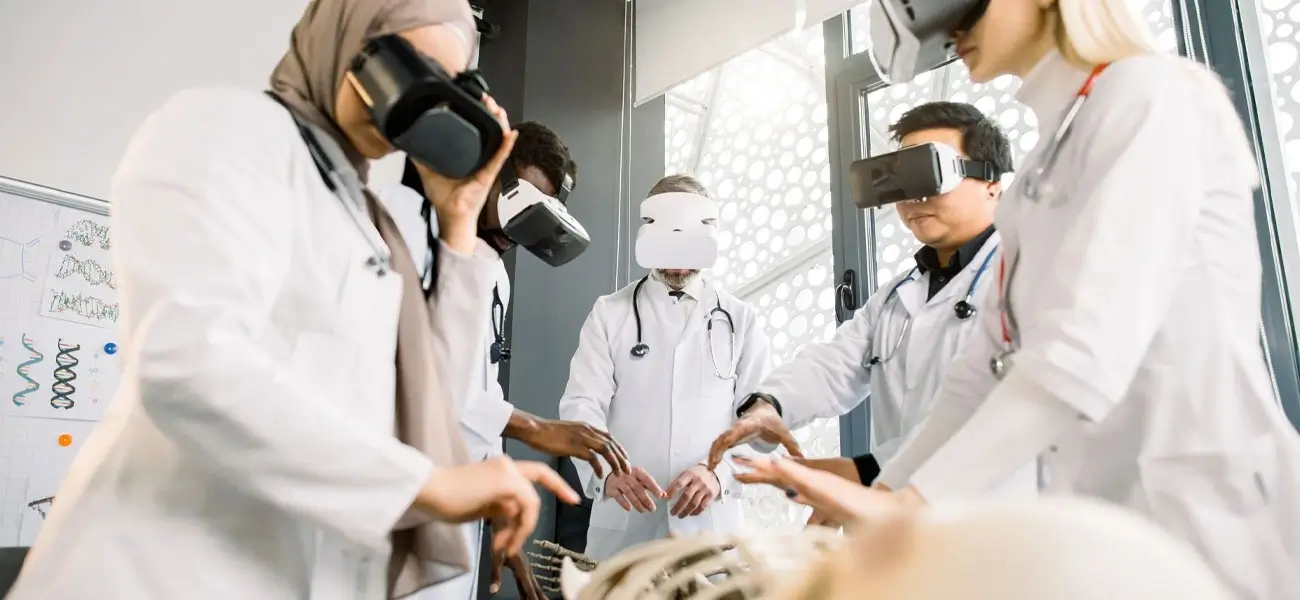
Potential uses of VR/AR involve making patients aware of the functioning of specific healthcare settings for faster recuperation and medicinal care. Healthcare units and hospitals are being provided with tailored apps by many pharmacy companies. Doctors can visualize the information related to patients’ health in AR environment. The knees of runners, for example, can be replicated with AR. VR also finds endless practical applications in medicinal domain. Elder care can be made more transportable and tele-medicine efficacy can be increased.
To conclude, both AR and VR are opening up limitless possibilities. Looking ahead, it will be exciting to see what new AR- and VR-driven technologies and tools come into existence. Both AR and VR have already established their foothold in various mainstream sectors like real estate, eCommerce, fashion, healthcare, education, production manufacturing, and many more.
Augmented reality and virtual reality have all the more potential when combined with 3D technology. Custom 3D models of furniture items, real estate properties, machinery parts, and other numerous objects can be developed for seamless AR and VR viewing. This phenomenal technology gives a lot of freehands to marketers to present their pitch, entice potential prospects, and acquire new leads.
If your business requires tailored and detailed 3D models, you may consult with 3D experts and grow your bottom lines.

